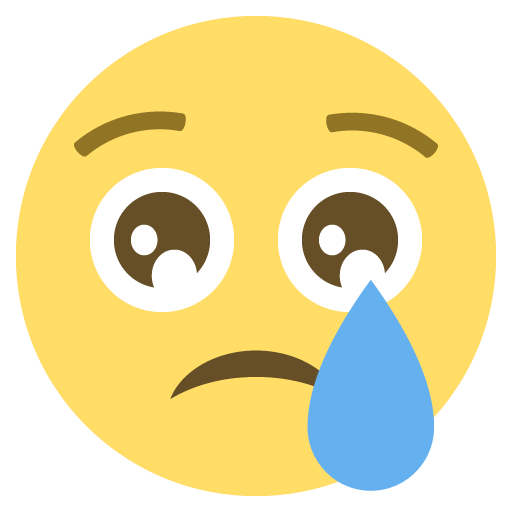Can someone help me answer these questions? I've been trying to figure them out for hours now

Thanks!!
1) Flowers are composed of four organs, but in the ABC model of flower development biologists hypothesized that a total of only three genes (A, B, and C) are involved in specifying their identity. On what evidence was this hypothesis based?
a) Only three classes of floral homeotic mutants have been found, each caused by a defect in a single gene.
b) The A, B, and C genes trigger expression of other genes required for floral organ development.
c) Genes are not involved in specifying the identities of floral organs that do not produce pollen or eggs.
d) The four floral organs develop from only three whorls in the floral meristem.
-i think the answer is b, but I'm not sure
2) (IMAGE ATTACHED) Based on what they knew about the fertilization envelope (a protective layer that forms around the egg when a sperm fuses with it), Steinhardt, Shatten, and their colleagues hypothesized that changes in the distribution of Ca2+ ions in sea urchin eggs are involved in the formation of the fertilization envelope.
In sea urchin eggs (as in most eukaryotic cells) the concentration of Ca2+ ions is much higher in the endoplasmic reticulum (ER) than in the cytoplasm. To see how cytoplasmic Ca2+ concentration changes in the egg during fertilization, the researchers injected a Ca2+-specific fluorescent dye into the cytoplasm of unfertilized eggs. After adding sperm to the eggs, they observed the eggs with a fluorescence microscope.
The following images show the changes in fluorescence that occurred after a single sperm entered the egg. The fluorescence of the dye increased with increasing cytoplasmic Ca2+ concentration. The green color indicates the region of the cell with the highest fluorescence at that point in time.
Sort the labeled regions of the fertilized egg above based on the status of the ER Ca2+ channels and Ca2+ pumps in that region.